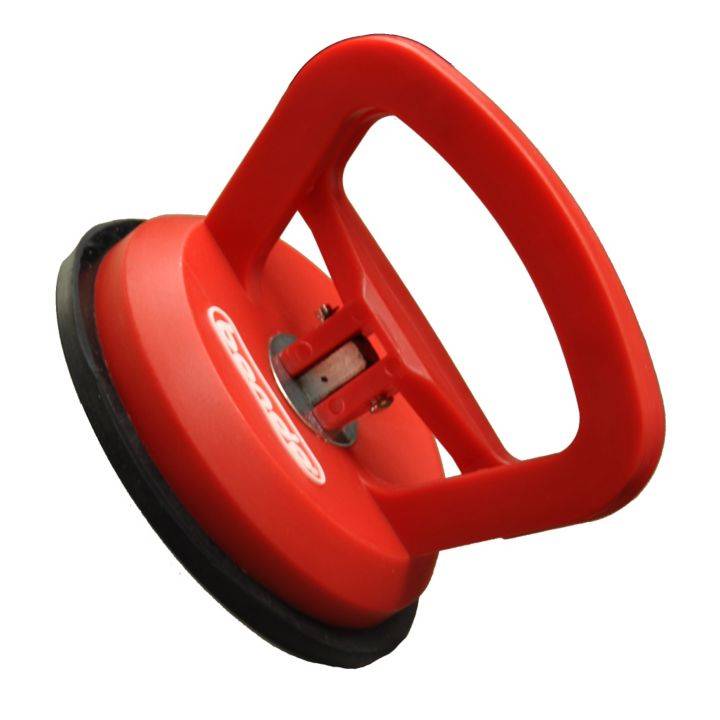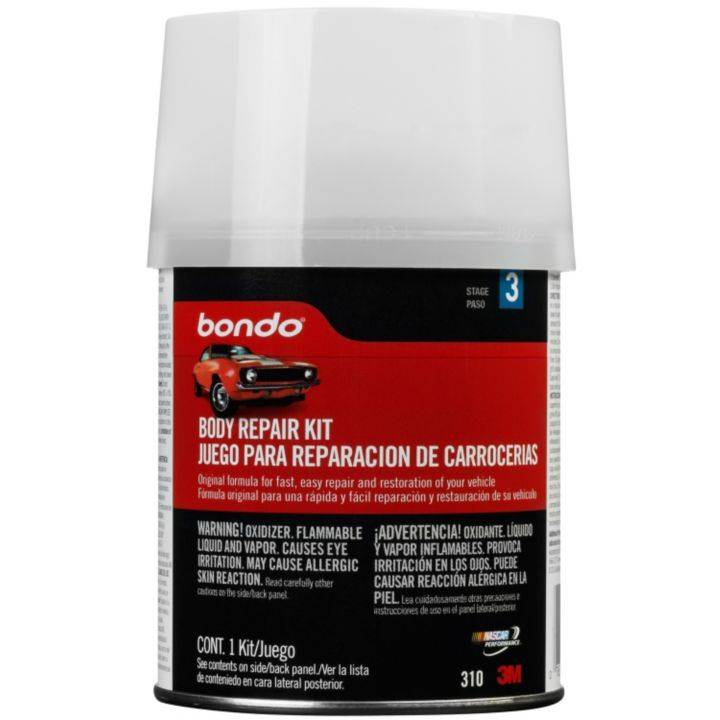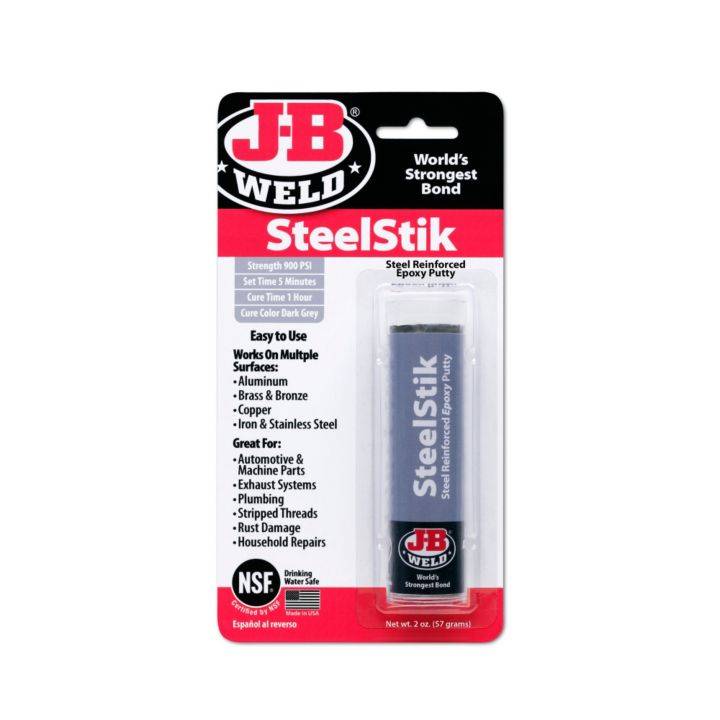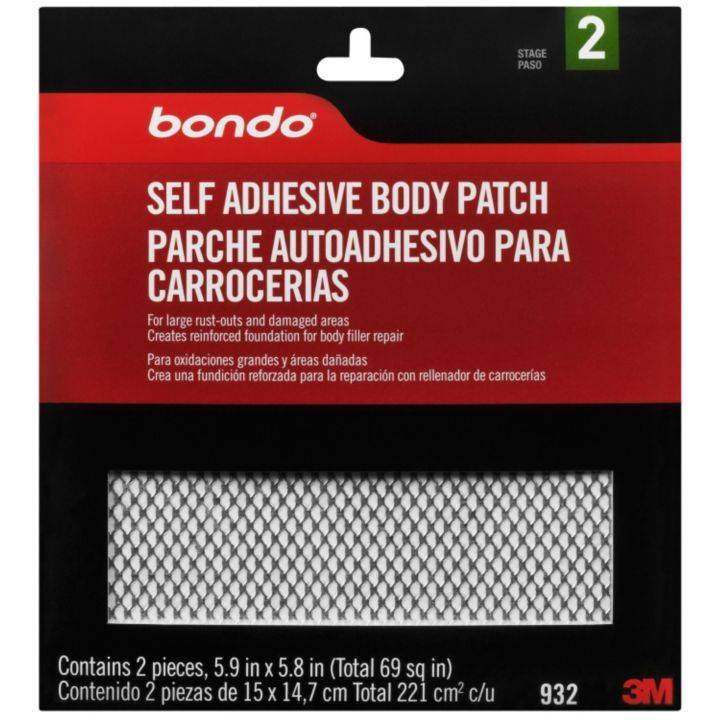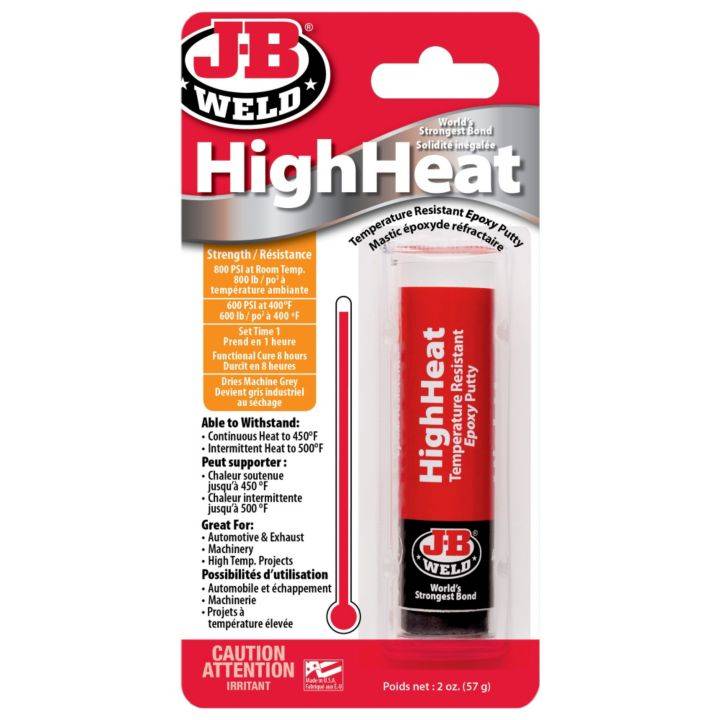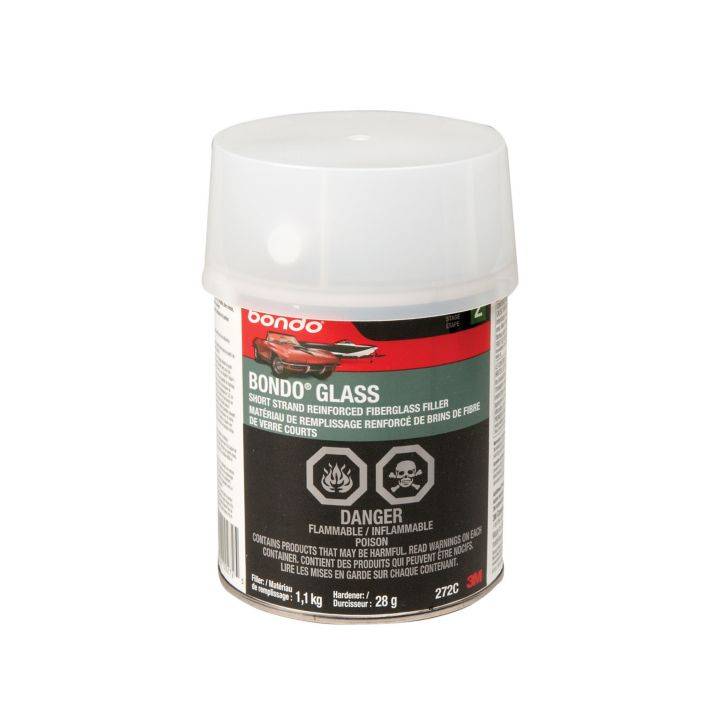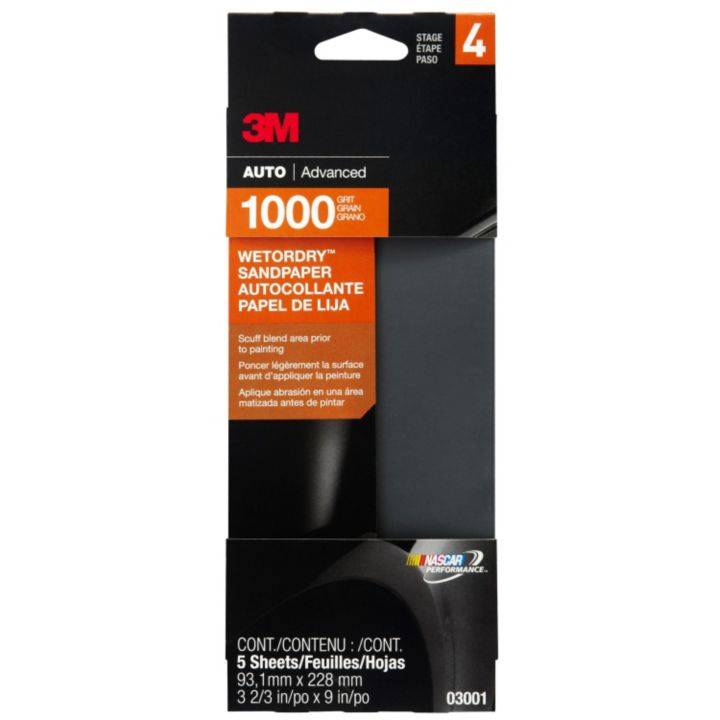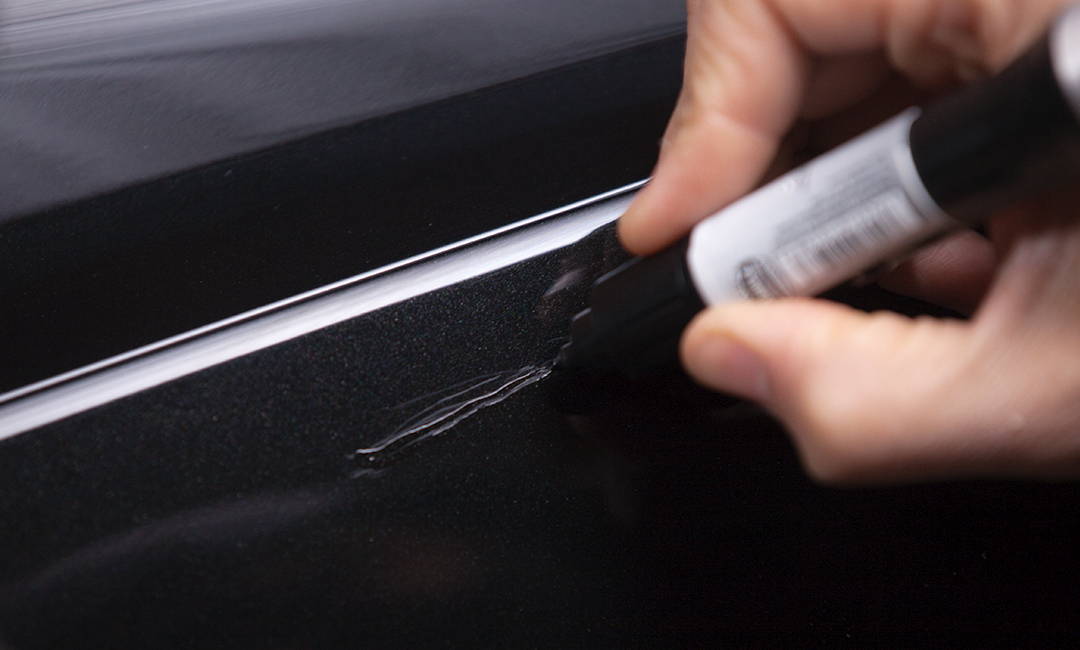
Mastering Vehicle Bodywork: Understanding Body Filler and Basic Techniques
Vehicle bodywork involves repairing and restoring the exterior of a car, ensuring it looks its best and maintains structural integrity. Whether you're fixing minor dents, scratches, or rust spots, understanding the basics of body filler and essential techniques can help you achieve professional-looking results. In this article, we'll explore the world of vehicle bodywork, focusing on body filler and providing tips for performing basic repairs.
Understanding Body Filler: Body filler, also known as automotive filler or bondo, is a versatile material used to repair damaged areas on a vehicle's exterior. It consists of a two-part mixture: a resin-based filler and a hardener that catalyzes the curing process. Here's how to work with body filler effectively:
• Surface Preparation: Before applying body filler, ensure the damaged area is clean, dry, and free from loose paint or rust. Use sandpaper or a wire brush to smooth the surface.
• Mixing: Follow the manufacturer's instructions to mix the body filler and hardener in the correct proportions. Thoroughly blend until the color is uniform.
• Application: Using a plastic spreader or putty knife, apply the mixed body filler to the damaged area. Start with a thin layer and gradually build it up to avoid excessive thickness.
• Feather Edges: To achieve a seamless repair, feather out the edges of the applied body filler by gradually tapering them into the surrounding undamaged areas. This creates a smooth transition when repainting.
• Sanding: Once the body filler has fully cured (follow manufacturer guidelines), use sandpaper to shape and smooth the repaired area. Start with coarse-grit sandpaper and gradually move to finer grits for a flawless finish.


Basic Bodywork Techniques:
Performing basic bodywork requires attention to detail and patience. Here are some essential techniques to keep in mind:
• Dent Repair: For minor dents, consider using paintless dent removal techniques if applicable. If not possible, carefully tap out small dents from behind using a rubber mallet or use specialized dent pullers.
• Rust Removal: Remove rusted areas by sanding them down until all traces of rust are gone. Apply a rust converter or primer to prevent further corrosion before applying body filler.
• Scratches and Paint Touch-ups: For minor scratches, use touch-up paint matched to your vehicle's color code. Apply it carefully using a small brush or pen applicator, following manufacturer instructions.
• Panel Alignment: Misaligned panels can be adjusted using specific tools or by loosening mounting bolts and gently tapping them into place. Seek professional assistance if alignment issues persist.
• Priming and Painting: After completing body repairs, apply primer to promote adhesion between the repaired area and paint layers. Follow with paint and clear coat application for a seamless finish.

Mastering vehicle bodywork requires practice, attention to detail, and knowledge of various techniques. Understanding how to work with body filler effectively allows you to repair minor dents, scratches, and other damages professionally.
Remember to follow proper surface preparation techniques, mix body filler correctly, feather edges for seamless repairs, and sand meticulously for a flawless finish. Additionally, familiarize yourself with basic techniques like dent removal, rust removal, paint touch-ups, panel alignment adjustments, priming, and painting.
While basic bodywork can be done by enthusiasts with proper guidance, complex repairs or extensive damage may require professional assistance. It's important to assess your skill level and consult experts when necessary to ensure safe and satisfactory results.
PartSource has you covered with a variety of car repair, bodywork, and maintenance . You can find the selection below:
 Loading . . .
Loading . . .


